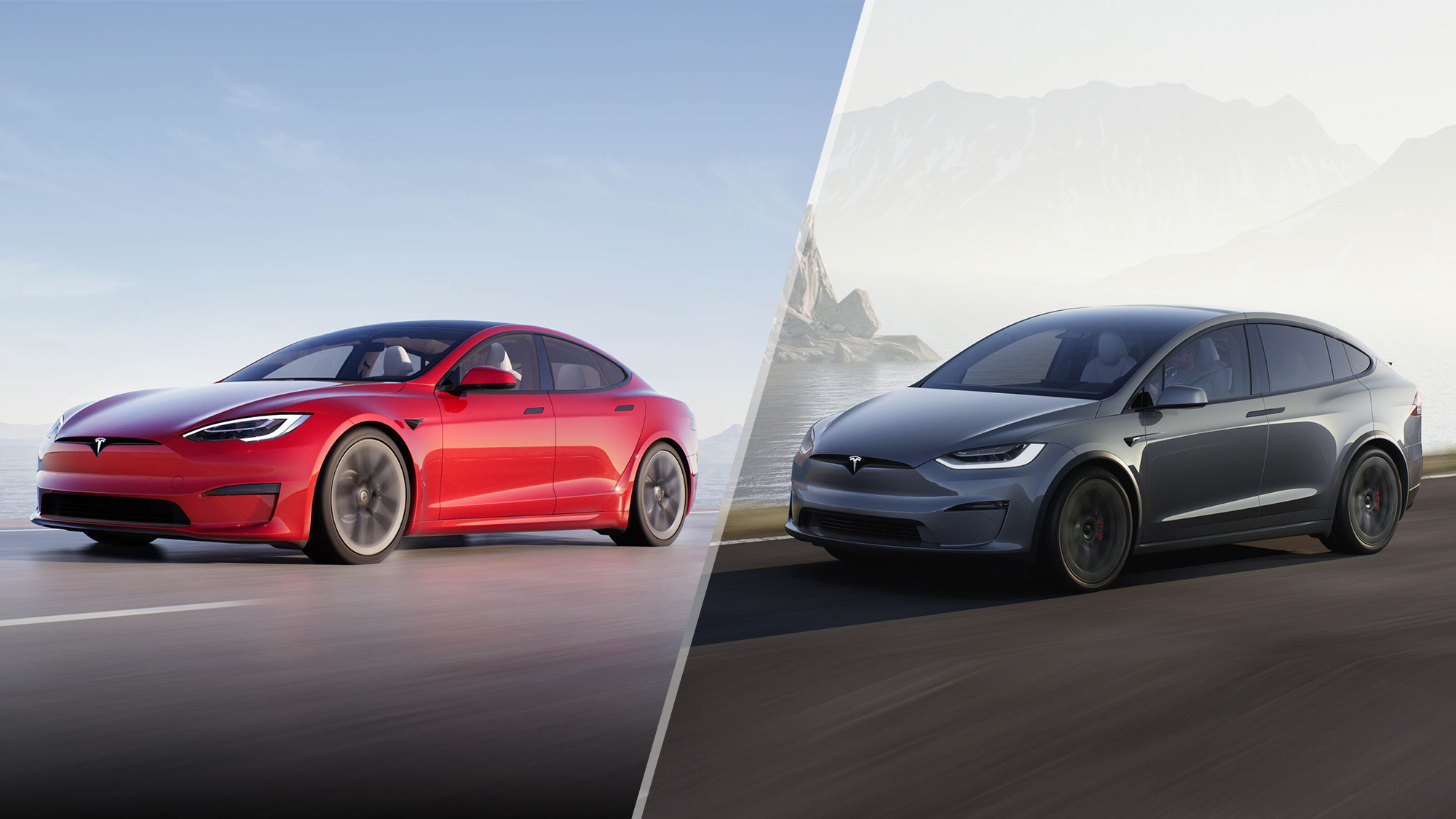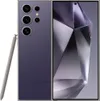I drove a Ford F150 Lightning for a weekend — here's my pros and cons
Here's what I discovered when I got behind the wheel of an EV for the first time

I haven’t bought a car in more than 15 years. In fact, my car is so old that I don’t even have Bluetooth as an option to stream music on my phone. That’s why I was in for a shock when I was given the chance to test drive a Ford F150 Lightning over a weekend. It was both satisfying and challenging all at the same time.
Being new to the world of EVs, there’s a lot for me to ingest since the technology is substantially more advanced than my 15-year old basic sedan. But I will admit one thing — the potential of limitless power appeals most to me.
What’s stranger is that this is the first pickup truck I’ve driven in my life, making my F150 experience all the more special. I managed to learn a lot about EVs in the short time I test drove the Ford F150 Lightning. I’ll admit, I’m no car fanatic — but I do look for something that’s reliable and could save me money in the long run.
Here’s what I love and hate about the Ford F150 Lightning, along with what I learned being a first-time EV driver.
It charges a lot like a phone

I review a lot of phones for a living, so expect a ton of analogies. The biggest thing that I learned is that the Ford F150 Lightning charges very much like a smartphone, meaning the battery cells charge insanely fast when the capacity is close to empty, but it takes much longer when you're past the 50% mark .
My smartphones do exactly the same thing, like my OnePlus 12 that goes from 0% to 60% with 15 minutes of charging, yet it takes another 30 minutes after that to get to 100%. The charging efficiency is simply better when the battery level is lower.
Tesla charging is good, but challenging to use

I’ve already detailed my experience trying to charge the Ford F150 Lightning at a Tesla Supercharger. While this support expands the amount of places where you could charge the truck nationwide, trying to actually use a Tesla Supercharger is another challenge of its own.
Sign up to get the BEST of Tom's Guide direct to your inbox.
Get instant access to breaking news, the hottest reviews, great deals and helpful tips.
Not only did I face cramped parking lanes, short charging cables, and contending with other Tesla owners for a free spot, I ended up leaving that crowded location for another that’s off the beaten path. Eventually things turned out okay, but still.
The Ford F150 Lightning drives smoothly

I’m fully aware about the speedy accelerations of today’s EVs, but I was surprised by how quickly I was able to adapt to driving the Ford F150 Lightning. Aside from being higher than normal in the driver's seat, the only thing I had to really get acquainted with were the reactions of the pedals. There’s substantially more power with the acceleration than what I’m used to, but I got into a good driving rhythm in no time at all.
Cheaper than most Teslas with more utility

I’m all about affordability. Everyone’s been told growing up that buying a new car is a bad investment because the depreciation value goes up the moment you leave the lot.
But in my research, I’m astounded that the base model of the Ford F150 Lighting is cheaper than most Teslas — while also offering just about the same range, top speed, and acceleration. What makes the Ford F150 Lightning even better is that it has a larger cabin space as well, while also giving drivers the extra utility of its flatbed.
One pedal driving is not for everyone

With most EVs today, there’s an option to switch to a one pedal driving mode — wherein the accelerator acts as both the accelerator and brake, sort of like a go cart. Again, this took me a little getting used to, but I found myself adjusting very quickly on the roads around me.
However, I find one pedal driving much more challenging on highways when I need to brake suddenly. Since the regenerative braking system kicks in whenever I ease up on the accelerator, I have to be extra careful to not suddenly lay off the pedal — or risk braking abruptly.
Helpful nighttime driving with moving headlights

I’ve often complained how pickup drivers annoyingly blind me with their headlights, but now I was that guy. It took me a while to realize during my nighttime driving that the headlights in the Ford F150 Lightning will actually move to coincide where I’m steering. Ford calls this Adaptive Headlamps, which will move the beams accordingly to better illuminate the path ahead.
I've taken rides in my brother’s Tesla Model 3, which forces drivers to use Tesla’s own proprietary infotainment system. So I love that I get the option of choosing either Apple’s CarPlay or Android Auto with the Ford F150 Lightning. This allows me to use the apps I’m already acquainted with using on the road, like Google Maps for turn-by-turn directions or YouTube Music for streaming my favorite songs.
Lots of safety features

You can tell I drive a much older car when I lean over my shoulder and place my hand on the passenger side headrest to pull out of a parking spot. However, I had to change my habits because of the advanced safety features I found with the Ford F150 Lightning.
Yes, there are backup cameras that will increasingly emit a shrill tone the closer I get to another car, but I also love some of the smaller details — like the steering wheel vibrations I feel when I’m not paying attention and veering a little off course from my lane. It's these small things that could make the difference when it matters.
More dashboard distraction than ever

In my 15-year-old Toyota Corolla, the only distraction I have is the buzz I feel on my wrist when someone’s texting me. There are more screens in the Ford F150 Lightning than in my home office, which doesn’t help either when there’s effectively a 12-inch touchscreen display dead center in the dashboard.
I will say that I appreciate how many of the apps and features of the interface are disabled while I’m driving, but let me tell you it’s still overwhelming with the amount of buttons and indicators throughout the cabin.
You’ll save the most money by charging at home

As I’ve said at the beginning, I’m looking at what can save me the most long term. I quickly realized that charging at a station isn’t sustainable, since prices vary much like gasoline and those locations need to obviously make money by charging more for the convenience.
That’s why charging at home is what will save you the most in the long run. I even found out that you don’t need any special chargers at home either; just your standard 120V outlet. Sure, it’ll take much longer, but I don’t mind if it means it’ll be close to full capacity by charging overnight.
More from Tom's Guide
- The Apple Car could have been built by Mercedes or McLaren — I would have loved to see that
- I sat in Sony's car of the future, and it's lacking more than legroom
- I just took my first long range electric bike ride on the world's longest floating bridge – 3 things I learned

John’s a senior editor covering phones for Tom’s Guide. He’s no stranger in this area having covered mobile phones and gadgets since 2008 when he started his career. On top of his editor duties, he’s a seasoned videographer being in front and behind the camera producing YouTube videos. Previously, he held editor roles with PhoneArena, Android Authority, Digital Trends, and SPY. Outside of tech, he enjoys producing mini documentaries and fun social clips for small businesses, enjoying the beach life at the Jersey Shore, and recently becoming a first time homeowner.
-
Scott Baylor Why does no article actually tell how long it takes to charge at a normal charging station or Tesla station? Article writer actually tells how long it takes to charge his phone, but not the truck... smh.Reply -
MachMe It's interesting to know that the F150 Lightning is bigger than a Tesla sedan and charges like a cellphone, but I'd have been more interested in learning more about the range, cavernous leg room in the rear, frunk space, and utility of the power outlets throughout the vehicle.Reply









